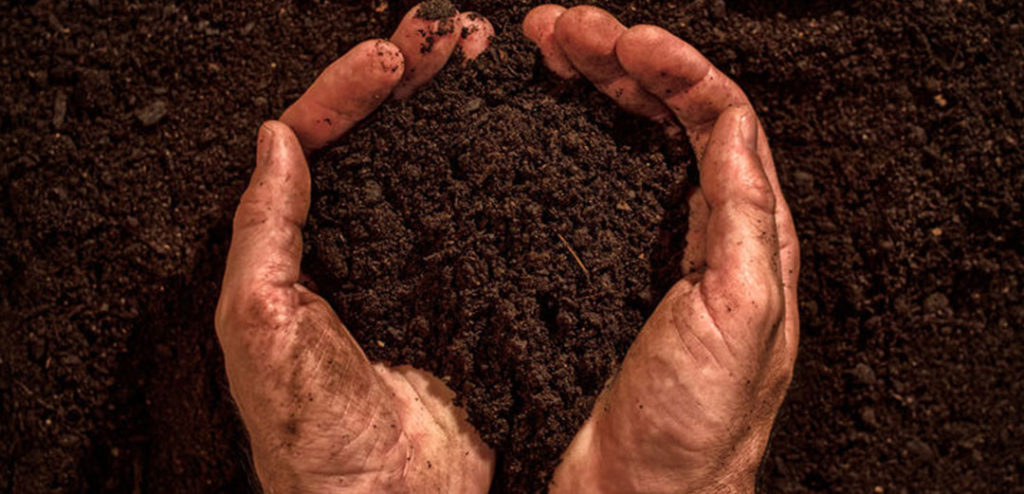500,000 tons of carbon dioxide saved, 300,000 megawatt hours of green electricity produced and over 300,000 cubic meters of installed potential for sustainable bioethanol: these are just some of the numbers in the “Sustainability Report” no. 1, presented by AssoDistil (National Association of Alcohol and Brandy Distillers), which tells the green turning point of one of the sectors, that of grappas and spirits, which is a piece of made in Italy history.
The study, drawn up in collaboration with Lifegate, was presented, in live streaming, with the participation of Antonio Emaldi, president of AssoDistil; Paolo De Castro, MEP and member of the Agriculture and Rural Development Commission of the EU Parliament; Filippo Gallinella, deputy and president of the Agriculture Commission of the Chamber of Deputies; Silvia Totaro, Lifegate sustainability specialist, Sandro Cobror, AssoDistil director.
The document refers to 2019 and was created on the basis of data collected by 11 associated companies, which represent 80% of the product sections of interest (spirits and industrial alcohol). The distillation sector gives life to a wide range of products aimed at the food market, the production of alcohol for fuel use (bioethanol), for industrial use and the production of organic acids, vegetable oils, polyphenols, feed and fertilizers.
Then, the residues of the distillation process are reused to produce green electricity, biogas and biomethane thus providing their positive contribution from an environmental point of view, supporting the creation of a virtuous chain of management and enhancement of the by-products destined for distillation, first, and for the energy production, then.
The first “Sustainability Report” for the president AssoDistil, Antonio Emaldi “is only the starting point of a path to project towards a broader concept of environmental, economic and social sustainability, from agricultural production to the finished and packaged product: an approach holistic consistent with the sustainable development of our country “.
The distillation sector has the installed potential to produce over 300,000 m³ per year of sustainable bioethanol, the most widespread biofuel of natural origin in the world and the only one capable of responding to the sustainability needs of the transport sector and contributing to the reduction of emissions.
Furthermore, distillation residues can be reused as combustible biomasses. With the combustion of these residues and the digestion of wastewater, especially still water, nearly 300,000 MWh of electricity per year are produced, mainly intended for self-consumption. For the director AssoDistil Sandro Corbor, “today the distilleries are becoming aware of the importance not only of practicing economic, social and environmental sustainability, but also of communicating it transparently to strengthen the relationship with the territory which is fundamental. Companies are convinced of the importance and need for sustainable development to compete in the global market. AssoDistil’s commitment is to accompany the sustainable growth of companies also through research and innovation to allow them to fully exploit the still untapped potential of distillery productions in a circular economy perspective consistent with the Community objectives of the Green Deal “.
A commitment that translates into a circular economy. Taking the AssoDistil data, referring to 2019, 606,795 gigajoules (Gj) of energy are produced, with an energy recovery of 88.9% on waste produced, equal to 12,541 tons. Hazardous waste constitutes only 0.5% of the total waste and, of these, those sent to landfill are only 0.3%. The total self-produced energy from renewable sources is equal to 3,732,000 Gj. The pomace used as raw materials exceeds 534,000 tons, while the lees used are over 209,000. 54,000 tons of fruit and over 45,000 tartaric materials used for the production process. One of the key factors for the environmental virtuosity and the circularity of the distillation sector lies in the way of procuring raw materials with a sensitivity to favoring the zero kilometer.
The report explains that the associated companies use historical suppliers and tend to favor local ones to contribute to the local economy. Considering the suppliers of the associated companies included in the report, the local suppliers are equal to 35%, which grow considerably if we look only at the wine sector, “since the distillation sector fully responds to the needs of the wine sector which finds a useful outlet in the by-products of production of wine, pomace and lees “.
Significant numbers also with regard to the occupational sphere. In 2019, the people employed in the companies.

